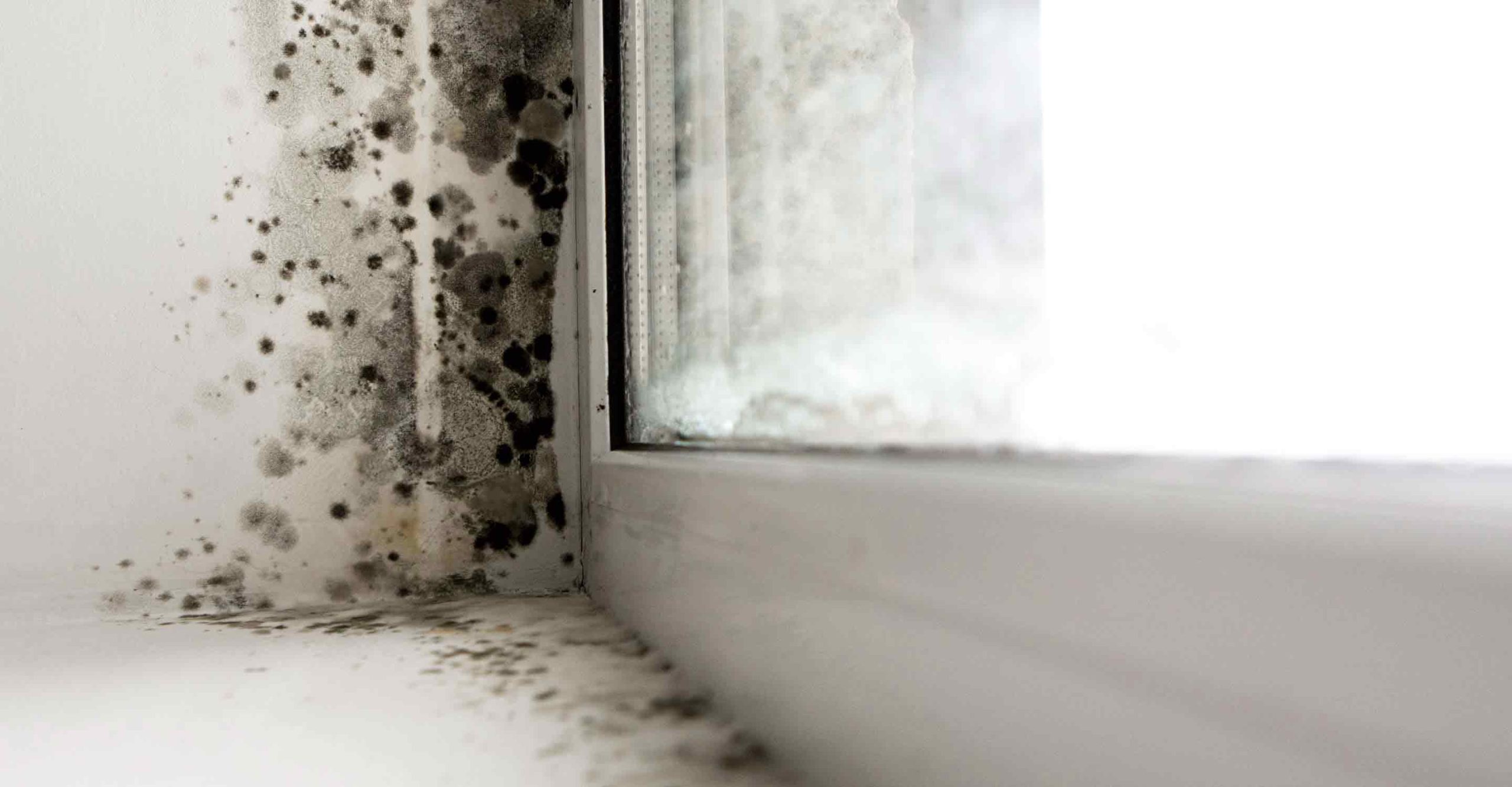WHAT IS MOULD?
Moulds are microscopic organisms that aid in decomposing plant and animal components. Mould comes in various shapes and sizes, and its appearance varies based on the type of mould and the climate in which it grows. Moulds are ubiquitous in both buildings and homes. It frequently appears as a black, green, or white stain or discolouration.
COMMON TYPES OF MOULD
The most common indoor moulds are Cladosporium, Penicillium, Aspergillus, Alternaria, and Stachybotrys chartarum, also known as the black mould. These moulds usually fall under three categories: allergenic, pathogenic, and toxigenic.
Allergenic moulds are not dangerous but they can cause allergic reactions like asthma. Pathogenic moulds can aggravate these illnesses in persons whose health conditions are already debilitated. Toxigenic moulds are the most deadly since they produce toxins, which can cause serious health problems and even death.

WHERE CAN YOU FIND MOULD?
Mould growth is a critical concern in Malaysia, which is warm and has high humidity levels. Chances are, your residential structures have this problem as well, but to what extent? Mould will form in places with a lot of moisture, such as bathrooms, basements, pipes, or flood-damaged areas. Mould thrives on paper, cardboard, ceiling tiles, and wood items.
HOW TOXIC CAN MOULD BE?
In actuality, the vast majority of people are unaffected by a specific mould. However, certain moulds are more dangerous than others. Mould exposure can cause upper respiratory tract symptoms, wheezing, asthma symptoms, and hypersensitivity pneumonitis in immune-mediated patients. Mould can create serious medical problems in a small percentage of persons who already have underlying conditions.
Authorities have advised us to stay inside as the Omicron variant spreads and infects people more rapidly, but what happens when threats lurk within our own homes?
View this post on Instagram
SIGNS THAT THERE MIGHT BE MOULD IN YOUR HOUSE
-
YOU HAVE BEEN EXPERIENCING A COLD THAT WON’T GO AWAY
Mould exposure can cause symptoms as mild as a continuously runny nose and sneezing bursts. That persistent cold you can’t seem to shake could be a warning sign of a mould problem.
-
YOUR HOUSE HAS A MUSTY SMELL
Regardless of whether the mould is visible or not, it will exude a foul odour. That musty, unpleasant odour is a sure sign of mould growth—the more powerful the odour, the more serious the mould infestation.
-
YOUR SKIN IS ITCHY, CONSTANTLY
Mould is fully capable of infesting wet garments as well. This growth could irritate your skin if you frequently leave your wet towel or clothes without drying them. To avoid this, make sure to dry wet items as quickly as possible and don’t leave damp towels in the bathroom.
-
YOUR ASTHMA UNEXPECTEDLY DETERIORATED
Mould and mildew could exacerbate your asthma symptoms with mould in the house. If you find your asthma symptoms worsen after a long period at home, mould could be the culprit.
-
YOUR ALLERGY FLARES UP
Mould can cause allergic reactions in people, including itchy and watery eyes, coughing, and nasal congestion. If your allergies flare up more often, you might have mould problems in the house.
-
YOUR PAINT IS BUBBLING AND PEELING
One of the most prevalent causes of the paint on your walls bubbling and peeling is moisture. Mould is usually always present where there is moisture.
-
DISCOLOURATION AND DAMPNESS IN CARPETS
Carpets are especially susceptible to providing a perfect environment for mould in the home. If your carpets show any spots, odours, or stains, it could be a sign of mould growth.
View this post on Instagram

